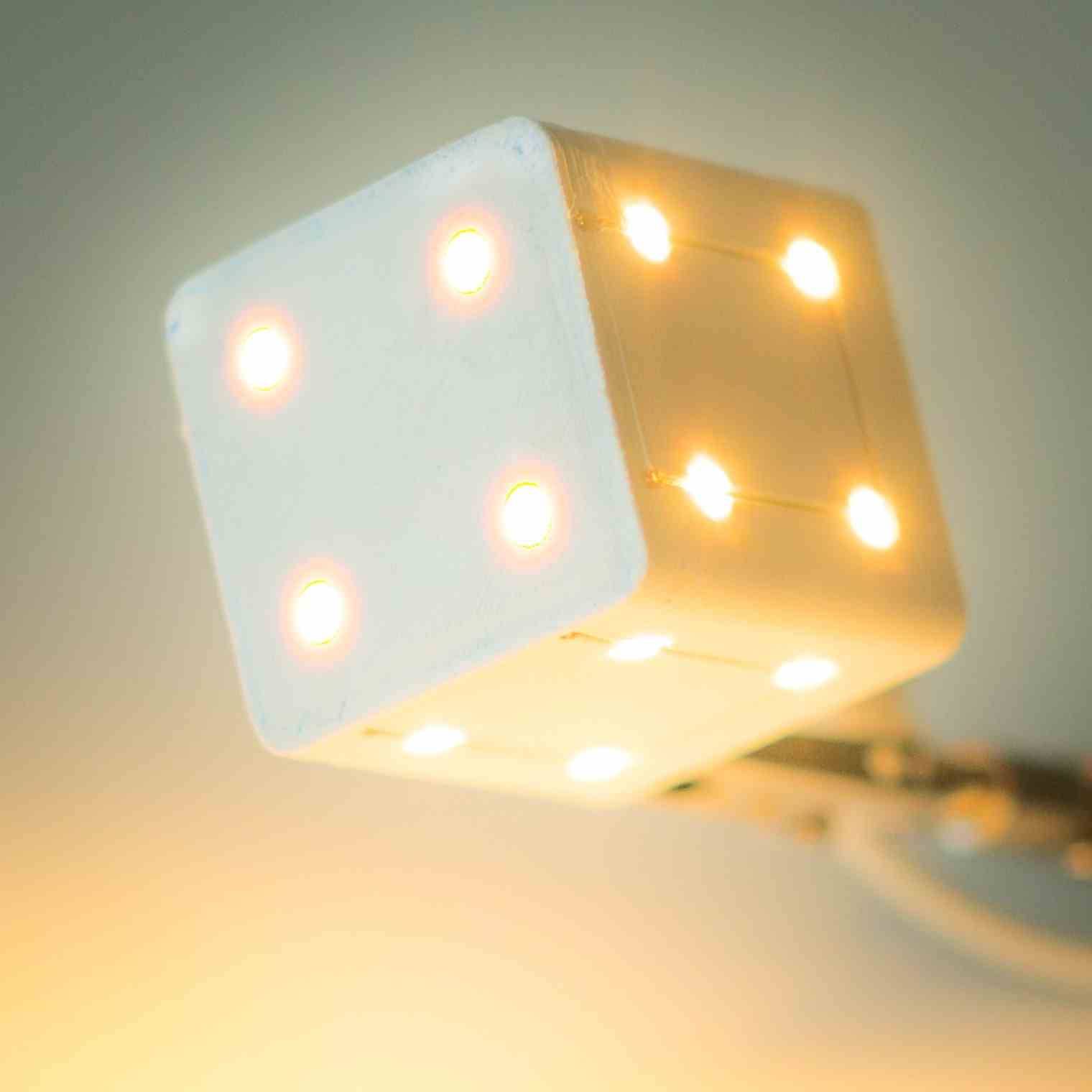3D printed electronics is currently in the early stages of development and an emerging technology at the intersection of 3D printing and printed electronics. TNO at Holst Centre has created several proof-of-concept demonstrators in collaboration with partners like Signify, Bosch and Neotech in the Hyb-Man consortium.
This European consortium has developed and implemented methods to apply 3D printing to electronic products and consists of partners from every link in the value chain. Hyb-Man aims for complete, first-time-right processes that reduce waste and enable personalisation. The result? A significant step towards the design and manufacturing of customised electronics.
3D printed electronics
3D printed electronics combines structural and electronic manufacturing into a single step. The electronic circuits are created using printed electronics technologies as part of the 3D printing production process, embedding them directly into structural components. In designing products, there is no longer a need for separate circuit boards or electronics layers, giving complete design freedom and inherent protection from dust and dirt.
The approach is particularly cost effective for small volume production (‘long tail’) and helps to reduce lead times. It also minimizes waste and streamlines system integration.
Promising application areas include:
- Customized, lightweight smart wearables for the medical industry, the defence sector and consumers
- Small-series semiconductor packaging
- Free-form antennas for automotive, communications and defence
Partnerships
TNO at Holst Centre’s role in the Hyb-Man project was the development of 3D printed electronics process and the manufacturing of demonstrators. Holst Centre wants to continue to explore the potential of this promising technology and are keen to hear from potential partners to help shape the technology roadmap.



